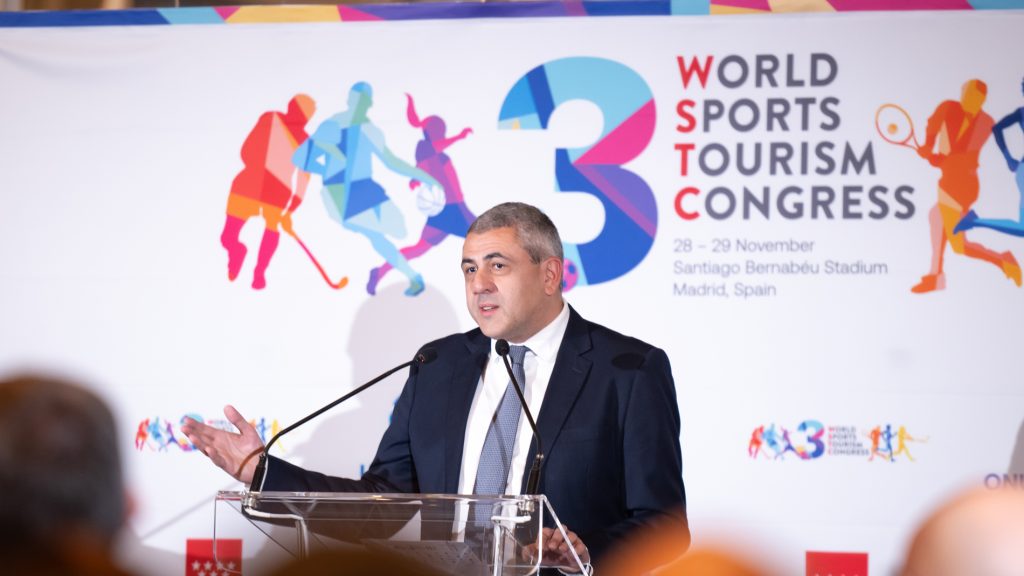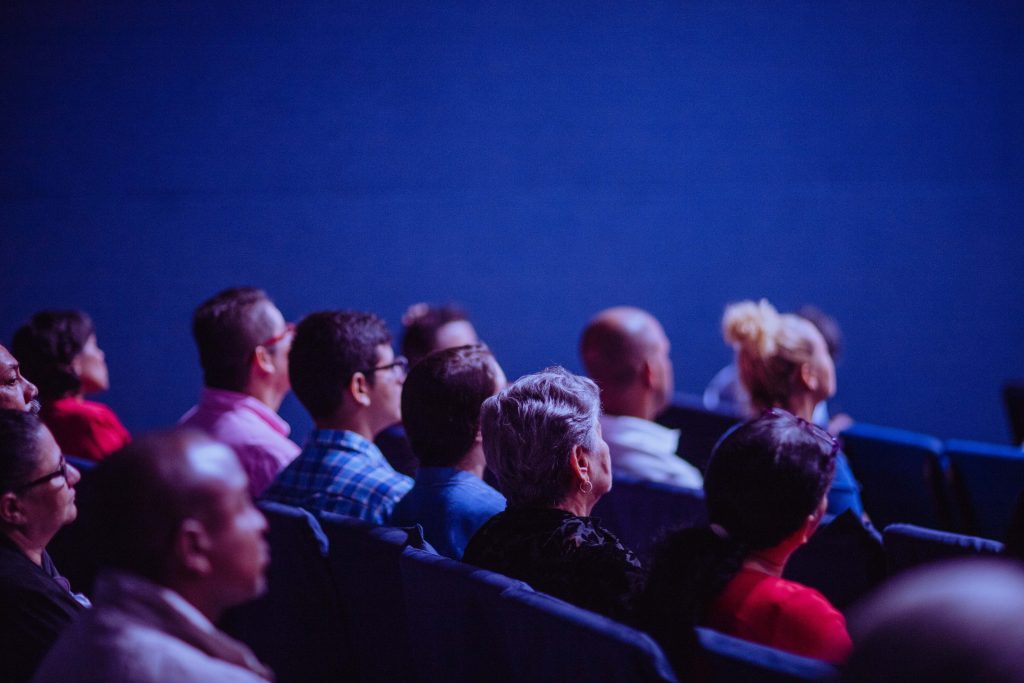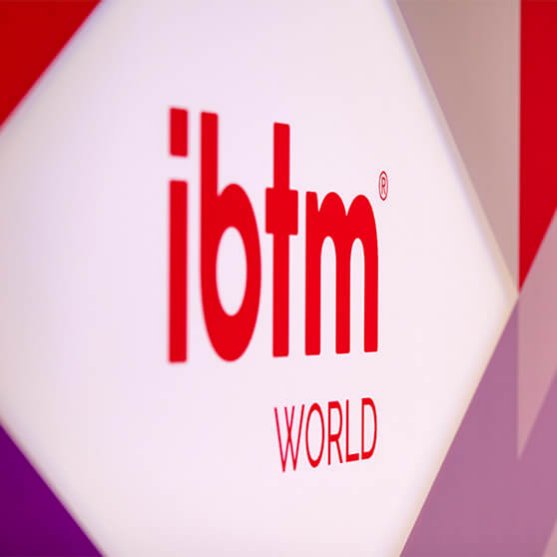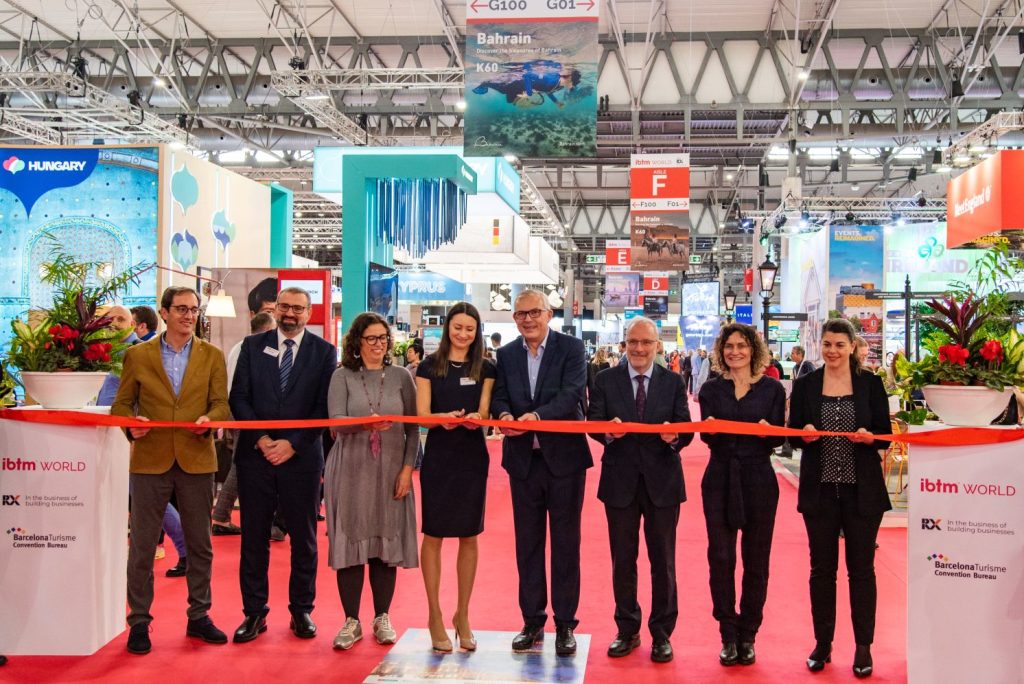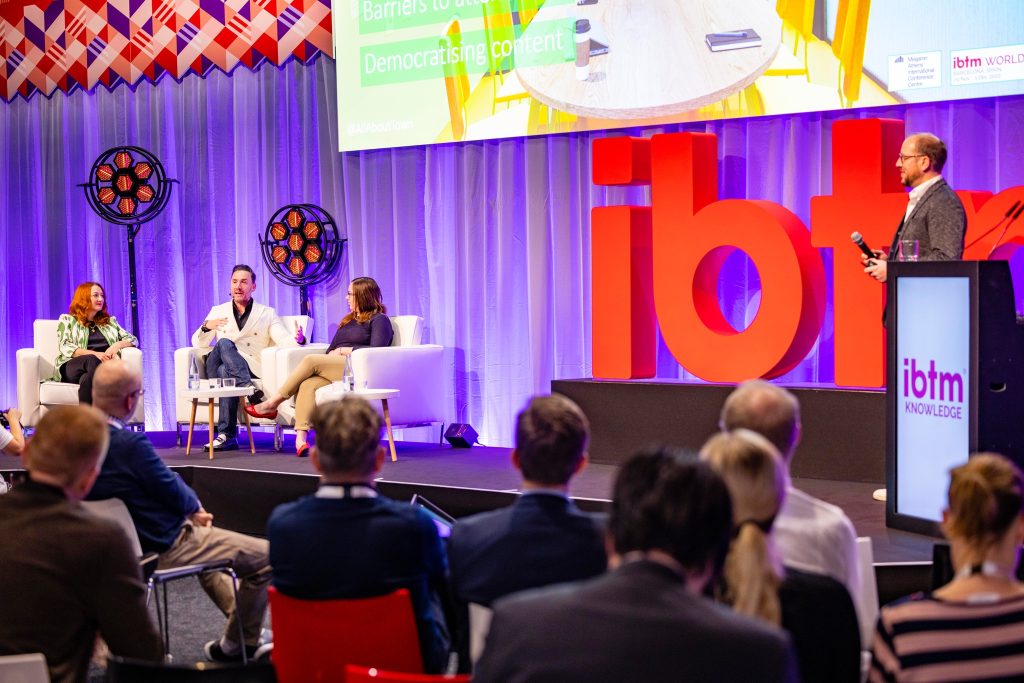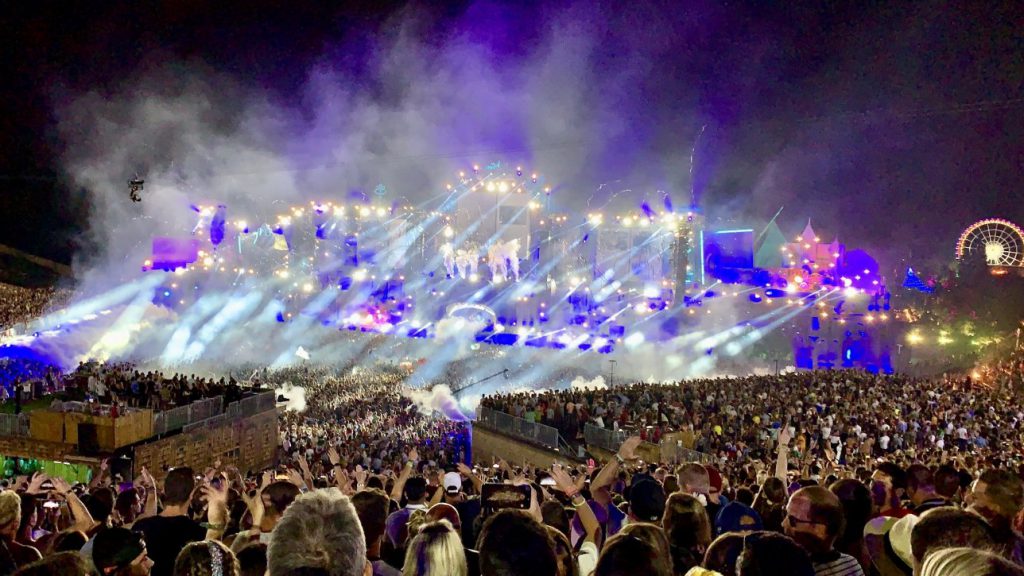
Share news
Listen
Speaking of sensory experience, is sound especially powerful as a generator of emotions, compared to other senses?
For the creation of environment yes, for the creation of tribe, not really. It is true that it is the most developed sense in a festival… but with a good visual combination, what you live is a complete experience. The role of the visual is growing, and more and more, you are talking about a complete experience. In my research, festival-goers are also often talking about the energy, something floating in the air linked to the emotional atmosphere, but deeper.
But it is true sound is of special importance. Even an urban sports festival plays permanent music. Music allows you to mix, get lost, scream or speak without shame, it makes you vibrate. And it is a powerful way of transmitting emotion. The idea is that “something happens, I have an emotion, I express it, others express it in a way that makes me think that they experience the same thing as me”. That’s what we called collective emotions, when people express what they think is the same emotion as the others, at the same time.
Does this shared emotion multiply the impact? Do I live something more intensely if I have someone excited next to me?
Clearly, we need others. In fact, you see at festivals that people go where people are, this is even more important than their personal preferences. We want to live the experience with many people (in addition to the fact that we think that something that has a large audience will have good quality). Festival goers want to feel this emotional communion. This is one of the main motivations to go to festivals or sports events.
What other tools create engagement and emotion? For instance rhythm?
Yes, though this is mostly true in electronic music where rhythm is a very important element of the music. A collective emotion is when everyone expresses the same emotion at the same time, and everyone feels that others experience the same emotion. This is what happens in electronic music, when the beat accelerates all the way up to a sort of climax. In a more classical concert, what creates this emotion can be the first notes of the song, when the public realises what song it is, or at the end of a solo. And the artist talking to the public and interacting with them is of course a great creator of shared emotions.
This is when we become irrational, shouting our love to the performer or believing we are the best audience in the world?
A bit. This is a context in which we “let go”, relax and get out of our daily lives… It’s kind of a peak experience, and this can go all the way to a state of trance. Our society, due to the rigour of its religious tradition and to its extreme rationalism (heritage of Descartes), has done some harm by wanting to explain everything in a rational way, and expecting all of us to be always reasonable. If you want to fully enjoy life, you should not be fully rational, or you lose your spontaneity and freedom. Other cultures have kept this ability to “let go”. Think of a gospel concert, in which, even if it is religious, people let go and fully live the experience, all the way to a state of almost trance. Experiencing trance is part of the African culture for example. It’s not the case in western societies, where some people take drugs to escape their inhibitions.
Can brands benefit from this type of learning, in their management of their teams or clients?
For internal talent, yes: the company has its values and it is easier and more coherent to create a community around these values, making them live in internal events as collective emotions. In external events, it is more complicated because we are talking about a more heterogeneous audience, so it will depend on the ability to segment. Often you will have to create several tribes. It is what Salomon does for the tribe of trailers, freeskiers, skiers racing, with events centred in these communities.
Another challenge is that unlike a festival, which is something exceptional, the company has to encourage this community effect continuously. They could think of creating extraordinary micro-experiences, which can coexist with everyday life and its mundane things, such as when Salomon encourages their teams to go skiing together or go rumming at lunchtime.
Is there a science of emotion transmission, of what leaders tend to do in order to transmit it to the rest of the crowd?
More than a science, there are frameworks that allow us to analyse this phenomenon. I have developed for example the concept of “emotion leader”, something like an opinion leader, but that transmits emotion. The emotion of this person will be well perceived by others, accepted, reproduced… and thus transmitted. These leaders are often the core audience, the most authentic. Whether they are introverts or extroverts, they feel comfortable, in an environment they know, they know how people have to express themselves at all times. The organizers’ job is above all for this core audience to be here. But not only them, or this discourages other people from coming and the community is not renewed. You have to mix the core and the newcomers.
Are there different types of festival-goers?
My research got me to create a segmentation based on the way in which the festival goers experience the event emotionally and collectively, which goes like this:
- The community actor (“acteur communautaire” in French). He is in the pit, close to the stage, he is often a member of the “core” group that I was talking about. He feels very connected to the rest of the crowd, and reacts like part or the mental unity he imagines the pit is. He knows the communication codes and often has a leading role in the collective emotions. He’s like an emotional leader wich says when and how people have to express his emotion. He think that he’s interacting a lot with the performer and has a role in the quality of the artist‘s performance.
- The interactive enjoyer (“interactif-ludique-diffuseur”). This one is not in the pit, rather in the back or on the sides. He mostly wants to spread emotion and to enjoy the concert with people around him. He comes as part of a group and is not focused on the performer during the show, he is more focused on “his” group as well as people who pass by around him, with which he has short-lived social interactions. He defines strategies to share emotions in that way. These people are often those who disguise and use fun accessories, as a way to stimulate these social interactions. He looks for an emotional contagion which is inter-personal with a few people rather than massive with the whole public.
- The esthete receiver (“esthète récepteur”).He is usually sitting down on the tiers with the public, rather than in the pit. He observes, he mostly receives the emotions of others rather than emit his own emotions. The crowd emotions feed him. The show he is enjoying is not only the performer: he observes and enjoys the overall event, including the performer and the public, which is why he needs a bit of distance.
- The identity-based follower (suiveur identitaire). This one does not really have a specific spot in the public; he can be anywhere. He is looking to enter the community, but he does not really know the codes, so he observes and follows what others are doing. He is not very proactive but he does spread some emotions, with a short lapse since he follows the others.
These are the main profiles, but you can also change amongst these profiles depending on the band and the people you go with: for example, if you are a super fan of a band, there is a chance that you will be in front as a community player, and for a band you don’t know too well, you may then become an esthete receiver: if you don’t feel legitimate, you can go out and start observing.

Is there a growing need for festivals, in our society? Does anything in the social context make us crave more for these community moments?
Yes, absolutely. As humans, we have always needed community rituals; they used to be organised around religions, which made it possible to gather, to share emotions, to feel united. A pilgrimage or a procession met the same function. Now religious practice is getting down in our society, and we need to substitute that with new rituals. Indeed the consumption society creates more and more rituals, and festivals are part of these rituals. So it does meet a clear need. And with the growing digitalization, there is a need to experience something together, in a real, physical way.
Can online formats substitute parts of this community experience?
It is the key question of today: will virtual events respond to the needs of festival-goers? I am working on this now. The answer is: only partly. They do create some social connection. For instance, the virtual version of the Vendee Globe regatta, which people can play from their home, does create exchange between participants, connections, conversations about the game. Also Tomorrowland organises a year-end concert: people can pay to participate and organise a party at their house with their friends. So they will share an experience with their 5-10 friends, but also have a feeling of living the same thing as thousands of people who are also connected, and this feeling of shared experience is an important characteristic of a festival. What we don’t have in those formats is what festival-goers call “the energy”. This is a concept which is hard to pinpoint exactly, and which we need to analyse scientifically. Neuroscience research about mirror neurons can maybe give some explanations about this real abstract phenomenon. But this is difficult: it is already hard to measure individual emotion, so collective emotions and energy are even harder! But it’s an exciting new challenge!
What impact does this have on the sponsoring brands: is it a delicate ground (because a little sacred, resistant to interruption by brands) or on the contrary an opportunity to create a unique relationship with the festival-goers who will see us as part of our community?
No, it is not delicate, football experiences are sacred for a majority of people, and sponsors are plenty, football shirts are also sacred (with sponsors on them). Since the late 60’s, brands are more and more present in our everyday life, they are part of our life, and we are developing the same relashionships with some brands like with friends.
The festival community also has its partners, though they are less present (visually and economically) than in sports. It is therefore a unique opportunity to create a close and strong relationship with festival-goers because of the sacredness, linked to emotions and the sharing of emotions.
This is the second part of the interview, you cand read the first part here.


